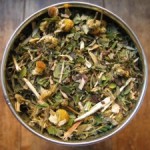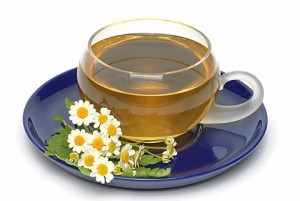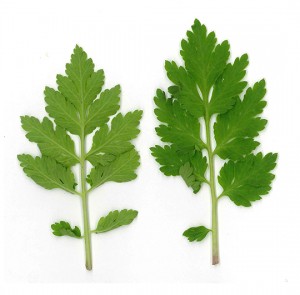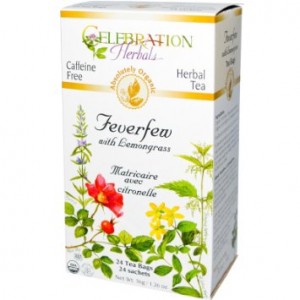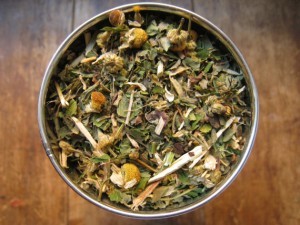Feverfew Tea
What is feverfew tea
Feverfew tea is an effective herbal infusion prepared from the leaves or even dried flowers of the feverfew plant (Tanacetum parthenium). Having an array of essential nutrients present in it, this tea has been significant in treating several ailments.
What does feverfew tea taste like
It has a bitter taste and is not one of those teas that one drinks for pleasure and refreshment.
History and Origin
The name “feverfew” has been derived from febrifugia, a Latin word, meaning a fever reducer, for which it was used in the ancient times. As the legend goes, the Greeks were said to have discovered the medicinal usage of this herb, also naming it Parthenium as it was used for saving a person’s life who fell from the Parthenon temple during its construction.
In fact, this herb had been prescribed by Dioscorides, a Greek physician during the first century for reducing any hot inflammations.
However, by the medieval age, its importance gradually faded out until off late where its migraine-reducing powers again came into light. British herbalist John Gerard spoke of its capacity to combat headaches in 1633.
Health benefits of feverfew tea: What is it good for
For migraine
Though a lot has been said about its ability to prevent headache in the past, this herb has become immensely popular since 1980s for treating migraines. From several pieces of research and studies conducted, it has been observed that taking this herb in any form might minimize the frequency and severity of headaches particularly for people with chronic migraines.
The presence of parthenolide is said to be responsible for giving feverfew migraine controlling properties as it acts as a vasodilator, opening up blood vessels in the brain. This compound is also said to block the release of prostaglandins and serotonin, both of which contribute in triggering a migraine headache.
Though there has not been complete evidence in the property of feverfew in minimizing, preventing or completely treating migraines, drinking an infusion of this herb prepared from its leaves might bring in relief if you are a regular migraine sufferer.
Easing menstrual cramps
Overproduction of prostaglandin hormone by the uterine lining might lead to menstrual cramps. As feverfew can inhibit the action of this hormone, drinking a decoction of this herb or taking it in any other form especially a few days before your menstrual cycle might help in suppressing or relieving you from pain. Being a mild emmenagogue, this may also help in easing and regulating blood flow.
Useful for skin
Because of its anti-inflammatory properties, apart from its ability to lower prostaglandin levels in the body, this herb helps in soothing redness and irritation of the inflamed skin, thus being effective in treating certain skin conditions like psoriasis. Besides drinking a decoction made from feverfew leaves, you can also apply it topically on your skin to get relief.
Maintains a sound heart health
Its capacity of inhibiting prostaglandin levels because of the presence of parthenolide, as already mentioned above, has a positive impact in regulating blood pressure levels, thus ensuring a good heart health. Moreover, presence of anticoagulant properties in the tea helps to prevent blood clot formation, thus reducing risks of a heart attack or stroke.
However, those having blood thinning medications or suffering from blood clotting problems should avoid intake of feverfew in any form.
For asthma
Presence of anti-inflammatory properties in this tea help in soothing the inflamed bronchial tubes, thus helping in giving a relaxed effect to asthma sufferers.
Stress reliever
Feverfew is said to possess the GABA (Gamma Amino Butyric Acid) effect, thus helping in calming activities of the nervous system, thereby contributing to minimize stress and anxiety. It also contains a certain amount of melatonin, aiding in regulating your sleep cycle. Thus drinking moderate amounts of this tea may relieve you of your stress, also helping you to get a sound sleep.
Apart from the health benefits mentioned above, an infusion of feverfew also brings in an improvement in the digestive system and acts as an appetite stimulant.
How to make feverfew tea
- Take a teaspoon of dried feverfew leaves
- Add it to a cup of boiling water
- Steep it for at least ten minutes
- Add lemon or honey to get respite from its bitter flavor.
For an increased migraine relief, you can even add chamomile flowers (four parts), lemon balm (three parts), skull cap (one part), passion flower (one part) and ginger roots (three-fourth part) with feverfew (two parts).
During Pregnancy
As it is known for stimulating menstruation, pregnant women are recommended to avoid any decoction or tincture of feverfew entirely as it might lead to uterine contraction, resulting in miscarriage.
Lactating mothers and children below two years of age should not take this infusion.
Safety and Precautions
People allergic to herbs of the daisy family like chamomile, and chrysanthemum, should refrain from drinking this tea. If you notice symptoms like nausea, diarrhea, indigestion, abdominal pain or vomiting after having the tea stop consuming it further and consult your doctor.
Where to buy
You can buy feverfew tea online or in shops selling health foods or herbal medicines.
Article was last reviewed on 27th July 2021
Related Articles
Leave a Reply
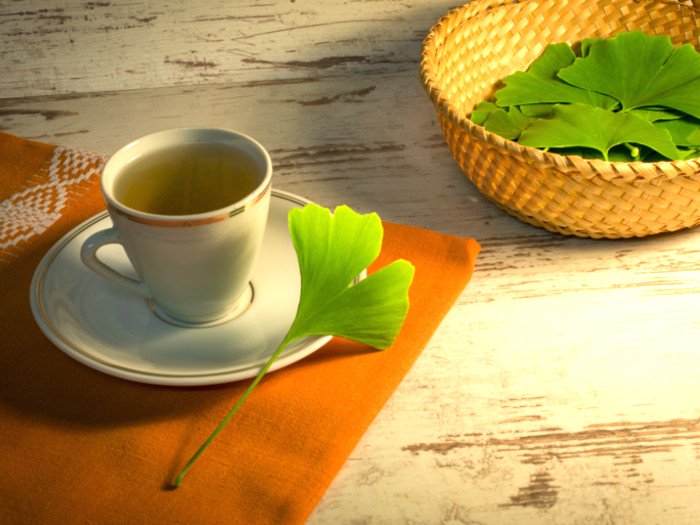
Ginkgo Biloba Tea
The Ginkgo Biloba tea is an herbal infusion obtained from the extract of the dried leaves
Read more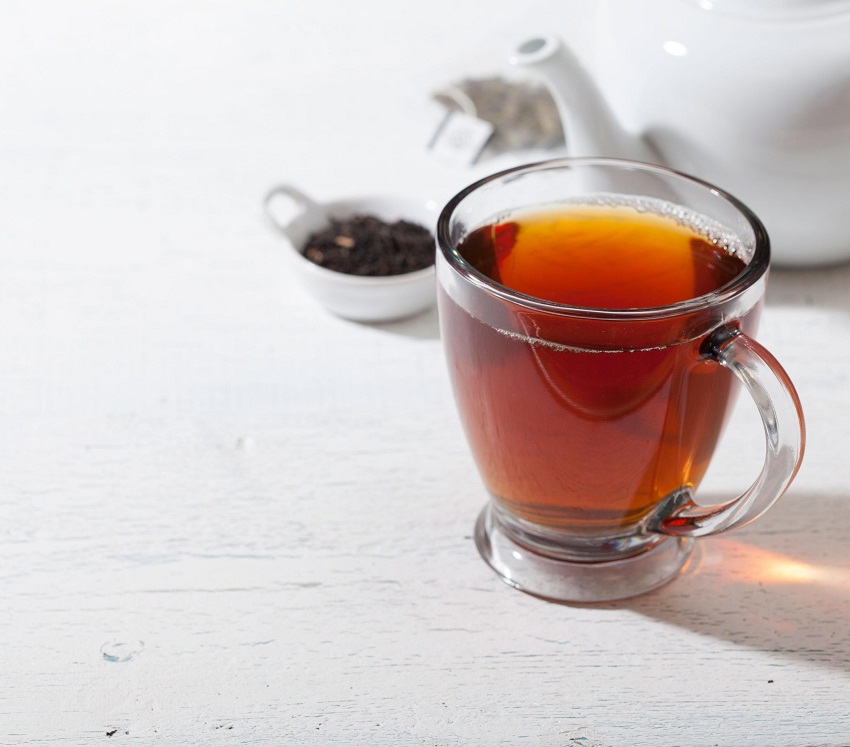
Black Tea
Black tea, belonging to the same group as the green, white and oolong teas is the most oxi
Read more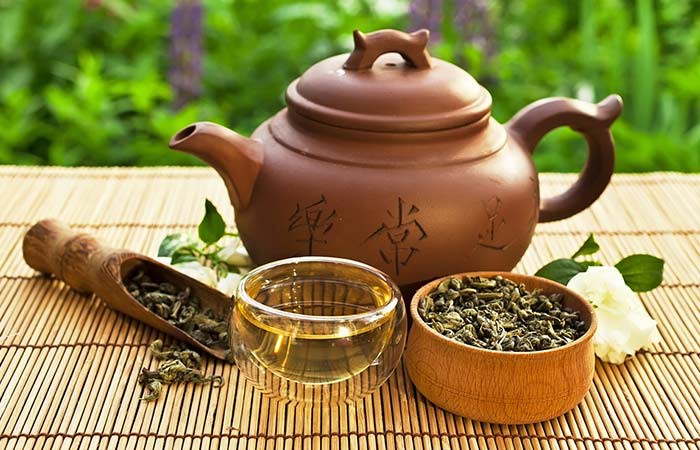
Oolong Tea
What is oolong tea Oolong, a traditional beverage of China, is prepared from the buds, st
Read more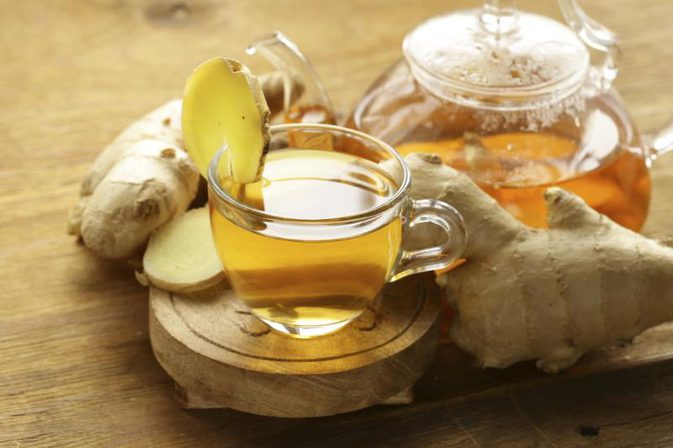
Ginger Tea
Ginger tea, prepared from the roots of ginger, is a popular herbal beverage of Asia. Becau
Read more
